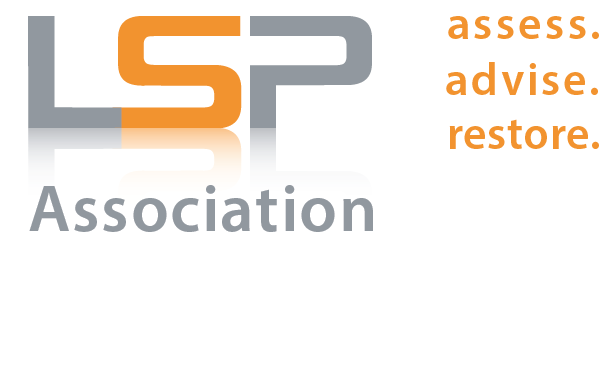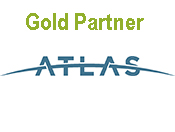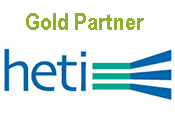Did You Update Your SHE?
By: LSPA Loss Prevention Committee One of the outcomes of the Loss Prevention Committee’s (LPC) review of the FY2015 Notice of Audit Findings was the repeated identification by MassDEP of violations regarding the failure to update Substantial Hazard Evaluations (SHEs) in support of Temporary Solutions and Remedy Operation Status (ROS). Specifically, MassDEP identified as violations failures to develop updated groundwater, soil vapor, and/or indoor air data (as relevant), and the incorporation of these data into an updated SHE as part of the five year review of Temporary Solutions. For sites operating under ROS, MassDEP identified as a violation the failure to include updated data in the SHE (i.e., greater than five years passed since the most recent sampling was conducted) in order to support the conclusion that a Condition of No Substantial Hazard has been maintained in the ROS Status Report. The LPC noted that violations of this type were common to NOAFs relating to vapor intrusion and risk characterization issues. In citing SHE violations, MassDEP commonly referenced 310 CMR 40.0956, Substantial Hazard Evaluations; 310 CMR 40.1004, Performance Standards for Permanent and Temporary Solutions; 310 CMR 40.1050, Temporary Solutions; 310 CMR 40.0893, Remedy Operation Status; and 310 CMR 40.0411, General Provisions for Immediate Response Actions, specifically paragraph 7 that requires continual assessment and evaluation of release and site conditions to assess whether an Immediate Response Action is required. During a May 4, 2016 LPC meeting with MassDEP Audit Chiefs and Enforcement Chiefs (a summary of this meeting is presented in this newsletter article: LSPA’s Loss Prevention Committee Meets with MassDEP Audit and Enforcement Chiefs, MassDEP staff reiterated the importance of collecting new data in advance of the 5-year Periodic Review requirement to confirm that a condition of No Substantial Hazard has been maintained for a Temporary Solution. This applies to keeping SHE determinations current with updated groundwater, soil vapor, and indoor air data. It also applies to sites that are under ROS, as the determination of No Substantial Hazard in support of ROS also needs to be updated every five years until a Permanent Solution is submitted (note that the exposure period for a SHE is equal to the time from notification to the time of the SHE plus five years). In maintaining Temporary Solutions and sites under ROS, LSPs should be alert to instances that could necessitate the re-evaluation of a SHE, such as a change in site use or a revision in toxicity values, as has happened recently for trichloroethene.
|



































